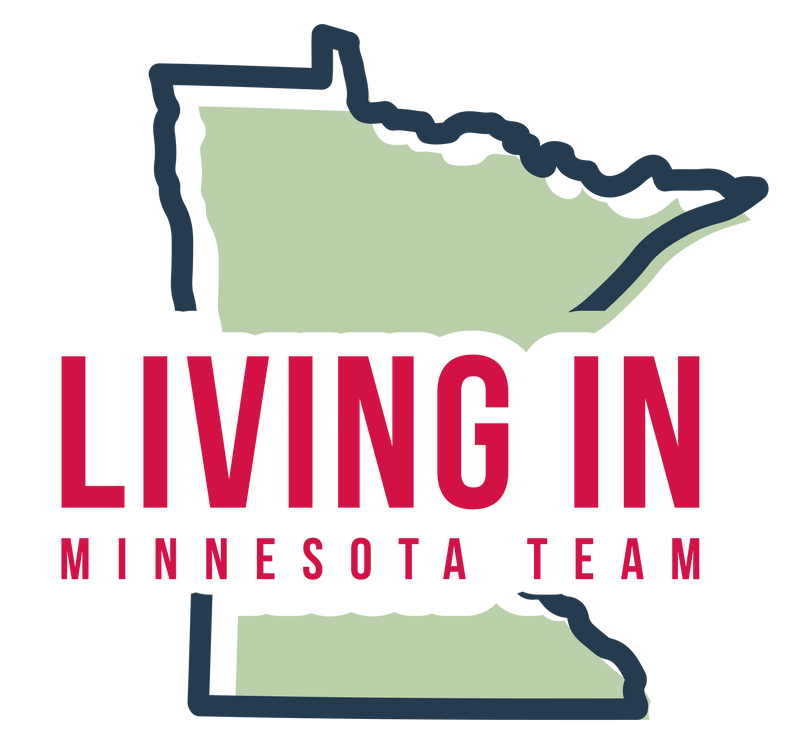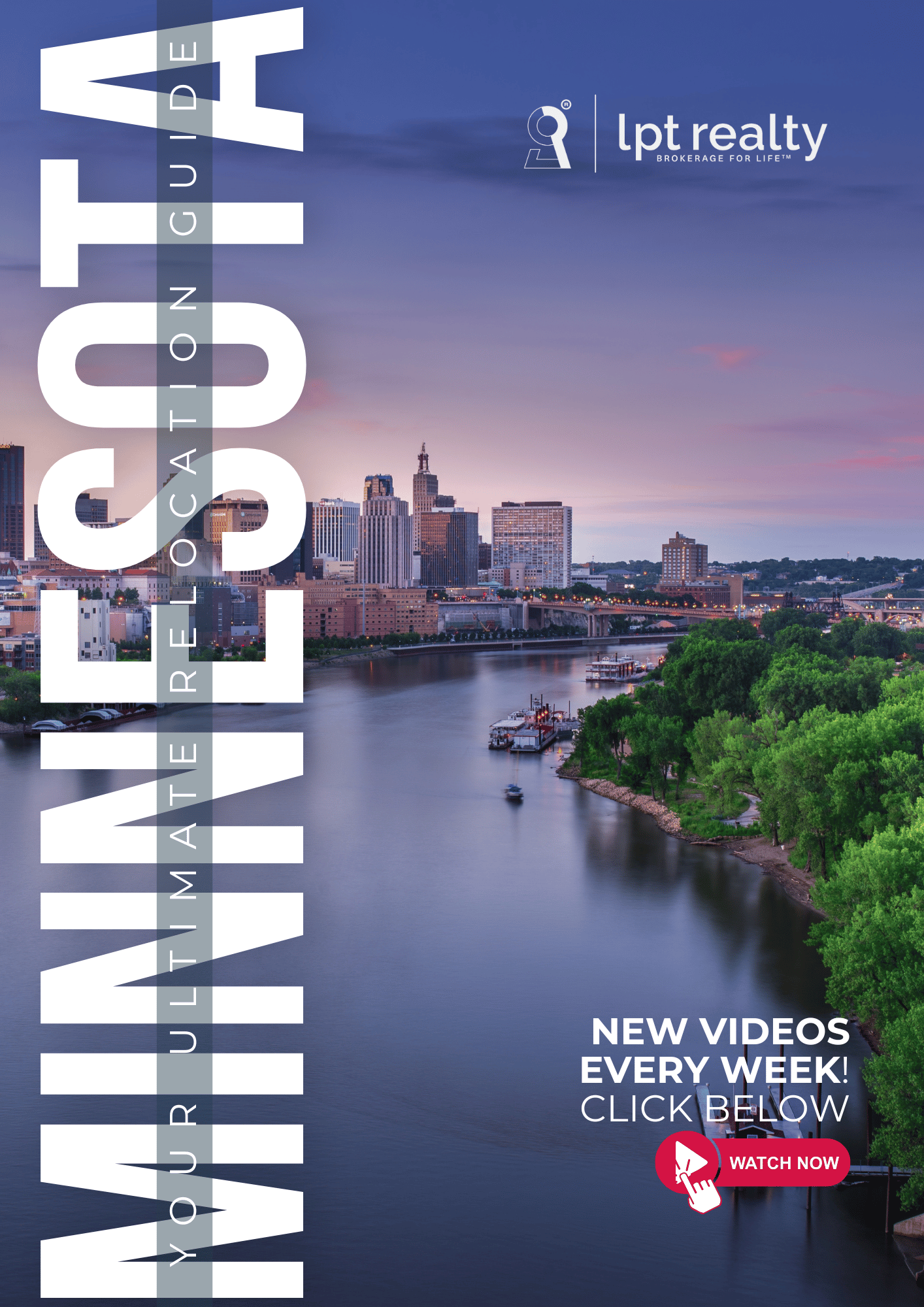What Most Real Estate Agents Won’t Tell You About Living in The Twin Cities
Thinking about living in the Twin Cities but not sure what life here is really like? Most guides talk about lakes, friendly people, and great schools — and while that’s part of the story, there are some realities that real estate agents don’t always share upfront. From hidden costs to lifestyle surprises, life in Minneapolis and St. Paul has layers you’ll want to understand before making the move.
Below, I break down the five biggest realities that can affect your family’s life in the Twin Cities — the surprises, the real costs, and practical tips for handling each one. Whether you’re relocating for work, school, or simply exploring a fresh start in Minnesota, this guide gives you an honest look at what it’s truly like to call the Twin Cities home.
Table of Contents
- 1. Summer Bugs in Minnesota: Mosquitoes, Ticks, and Horse Flies
- 2. The Truth About “Minnesota Nice” (and Why It Can Feel Like Minnesota Ice)
- 3. Urban Sprawl in the Twin Cities and What It Means for Suburban Commuters
- 4. Traffic in Minneapolis–St. Paul and Ongoing Infrastructure Changes
- 5. High Taxes and Rising Costs of Living in Minnesota
- How to Choose the Right Real Estate Agent in the Twin Cities (Questions to Ask)
- Final Thoughts: Is Living in the Twin Cities Worth It?
- Frequently Asked Questions About Life in the Twin Cities
1. Summer Bugs in Minnesota: Mosquitoes, Ticks, and Horse Flies
With more than 11,000 lakes, Minnesota offers stunning summer recreation — and the bugs that come with it. People joke about the “unofficial state bird” being mosquitoes, and while I’m exaggerating for effect, the insects are a very real part of summer life here.
Key points:
- Peak mosquito season typically hits in early July — right when you want to be outside.
- Ticks are a bigger concern for families who head into wooded or rugged areas with kids and pets.
- Horse flies can show up at lakes and be frustrating when you’re trying to swim or hang out shore-side.
What you can do:
- If you’re heading “up north” or into remote areas, bring effective bug spray and proper clothing.
- Metro areas often spray wetlands and lowlands to reduce mosquito populations; many cities contract helicopter spraying over certain areas.
- At-home options: yard treatments available at big-box stores, or hire a professional to treat the yard annually.
- For typical backyard barbecues or neighborhood hangouts inside the metro, for most people it’s manageable with basic precautions.
2. The Truth About “Minnesota Nice” (and Why It Can Feel Like Minnesota Ice)
“Minnesota Nice” sounds welcoming, but there are cultural nuances newcomers should know. Long-term locals often keep the same friend groups since high school, so social circles can feel tight-knit and slow to accept new faces.
What I see:
- It can take months — sometimes a couple years — before neighbors invite you to backyard gatherings.
- People here tend to avoid conflict. If they disagree, they may quietly disengage rather than argue.
- Directness from people used to New York, California or Colorado bluntness can come across as too harsh to some Minnesotans.
- Political and social expression varies by geography: Minneapolis and St. Paul lean liberal and vocal; suburbs are more mixed and generally lower-key; rural areas trend more conservative and can be outspoken.
How to fit in faster:
- Be the one to reach out: introduce yourself, bring cookies, say hello on neighborhood walks.
- Get involved in church groups, kids’ activities, volunteer work or neighborhood events to meet people with shared interests.
- Expect relationships to build more slowly and be patient — it’s rarely hostility, often just habit and low social initiative.
3. Urban Sprawl in the Twin Cities and What It Means for Suburban Commuters
The Twin Cities have grown a lot, and that comes with sprawl and longer commute times. Cars are the dominant mode of transport in the metro — public transit exists but is limited outside city cores.
Commute reality:
- Inner-ring suburbs average roughly 24 minutes commuting time; outer-ring suburbs can be 35+ minutes (and longer in bad weather).
- Light rail doesn’t reach many suburbs; commuter trains have limited schedules; bus service outside the city center is sparser.
Cost of driving (real numbers):
- Gas (AAA average): around $3 per gallon in the Twin Cities (this changes with markets).
- Example household: two vehicles, each driving ~15,000 miles per year — you’re looking at roughly $3,500–$4,500 per year for gas alone.
- Add in car payments, insurance, maintenance — easily $2,000+ more per vehicle annually.
Winter considerations:
- All-wheel drive, winter tires, remote start and heated seats are practical upgrades for many families.
- A garage is invaluable — snow blowers, bikes, trash cans and winter gear need storage. I often recommend a home with a three-car garage if you can swing it.
4. Traffic in Minneapolis–St. Paul and Ongoing Infrastructure Changes
Congestion is real and has been increasing since the 2010s. Rush hours typically span about 6–9 a.m. and 4–7 p.m., and Friday “cabin traffic” spikes as people head north for the weekend.
What makes commuting worse:
- Ongoing road and bridge repairs — the freeze-thaw cycles here take a heavy toll on pavement.
- Major construction projects rotate across the metro (the south section of I‑494 is notorious for long-running projects).
- An Axios analysis found drivers lose an average of 26 hours per year stuck in peak traffic delays.
Commuting strategy — a pro tip:
- Avoid planning a commute that requires crossing through downtown Minneapolis to get to St. Paul (or vice versa). The I‑94 midway section is often a problem area.
- Pick a home on the same side of the metro where you work when possible — west, north or south for Minneapolis commuters; north, south or east for St. Paul commuters.
- If you’re buying a home, work with someone who can match neighborhoods to your work location and priorities to minimize drive times.
5. High Taxes and Rising Costs of Living in Minnesota
Minnesota’s tax picture has a real impact on take-home pay and day-to-day costs. I always recommend planning for taxes as part of your overall household budget.
Key numbers:
- State income tax ranges from 5.35% to 9.85% at the top marginal rate — Minnesota ranks around 11th highest tax burden in the U.S.
- A single filer earning about $150,000 could expect to pay roughly $9,000–$10,000 per year in state income tax alone (varies by deductions and exact income).
- Sales tax in the metro averages about 8.12% (city/county variations apply) — remember to add sales tax to furniture, appliances and many purchases.
- Property taxes average about 1.04% according to the Tax Foundation (I advise budgeting around 1.1%). Minneapolis and St. Paul can be closer to 1.3%.
Practical example:
- Buying a $500,000 home at a metro average property tax rate (~1.04%) results in roughly $5,200 per year in property taxes. In Minneapolis, that could be closer to $6,500 annually.
Housing market snapshot:
- The average new construction home in the area is around $550,000 — nearly double compared to 2018 levels.
- Midwest markets tend to be steadier than some coastal metros, but prices have still risen significantly.
How to Choose the Right Real Estate Agent in the Twin Cities (Questions to Ask)
You want an agent who tells you the practical truth about life in the Twin Cities — not just glossy selling points. Ask candidates these questions:
- How many neighborhoods have you toured with clients? Can you recommend neighborhoods that match my commute, budget, and lifestyle?
- How do you advise clients about winter vehicle and home needs (garages, driveway plows, etc.)?
- Can you walk me through total ownership costs — property taxes, likely insurance, local sales tax impacts and commuting costs?
- Do you provide neighborhood tours and market updates regularly?
If you want a deeper dive, download my FREE Relocation Guide or reach out so I can learn about your family, values and priorities and make tailored recommendations.
Final Thoughts: Is Living in the Twin Cities Worth It?
The Twin Cities are a fantastic place to live: incredible lakes, great neighborhoods, strong schools and a high quality of life. But like any metro, there are trade-offs: bugs in the summer, a slower social start, car reliance, traffic congestion, construction seasons, and higher state taxes.
My approach is simple: give you honest, practical information so you can make the right choice for your family. If you want help finding a neighborhood that fits your lifestyle, commute and budget, get in touch — I’d love to help you find a place you’ll love calling home.
Frequently Asked Questions About Life in the Twin Cities
How bad are the mosquitoes and ticks — will my family be miserable outdoors?
Mosquitoes and ticks are part of summer in lake country, especially in remote and wooded areas. For most metro backyard activities it’s manageable with city spraying, yard treatments, and common-sense precautions. For up-north excursions, bring repellent and long sleeves and consider professional yard treatments if you want to reduce mosquitoes at home.
How long are commutes in the Twin Cities?
Expect inner-ring suburbs to average around 24 minutes each way; outer suburbs can be 35+ minutes. Winter and rush-hour congestion add time. If minimizing commute is a priority, choose a neighborhood on the same side of the metro as your workplace.
Are property taxes high here?
Property tax rates average around 1.04% in the metro; Minneapolis and St. Paul tend to be higher (~1.3%). I recommend budgeting about 1.1% when estimating ownership costs.
What should I prioritize when buying a home for Minnesota winters?
Priorities: a garage (ideally three stalls if you have multiple vehicles), reliable heating system, good insulation, space for snow equipment, remote start capability for vehicles, and a home layout that minimizes icy entry points.
How do I meet people faster in Minnesota?
Be proactive. Say hello to neighbors, bring over a plate of cookies, join school or community groups, volunteer, attend local events, and follow up on invitations. People warm up over time, but you’ve got to take the first step.
Where can I get more help?
Download my FREE Relocation Guide , or contact me directly at 612-688-3715 or jordan@livinginminnesotateam.com. I’ll help match you to neighborhoods that fit your commute, budget and lifestyle.
jordan eatherton
A Minnesota Realtor, team leader, dad, and believer in doing things right, I entered real estate not as a dream but to ensure people have the proper guidance.









